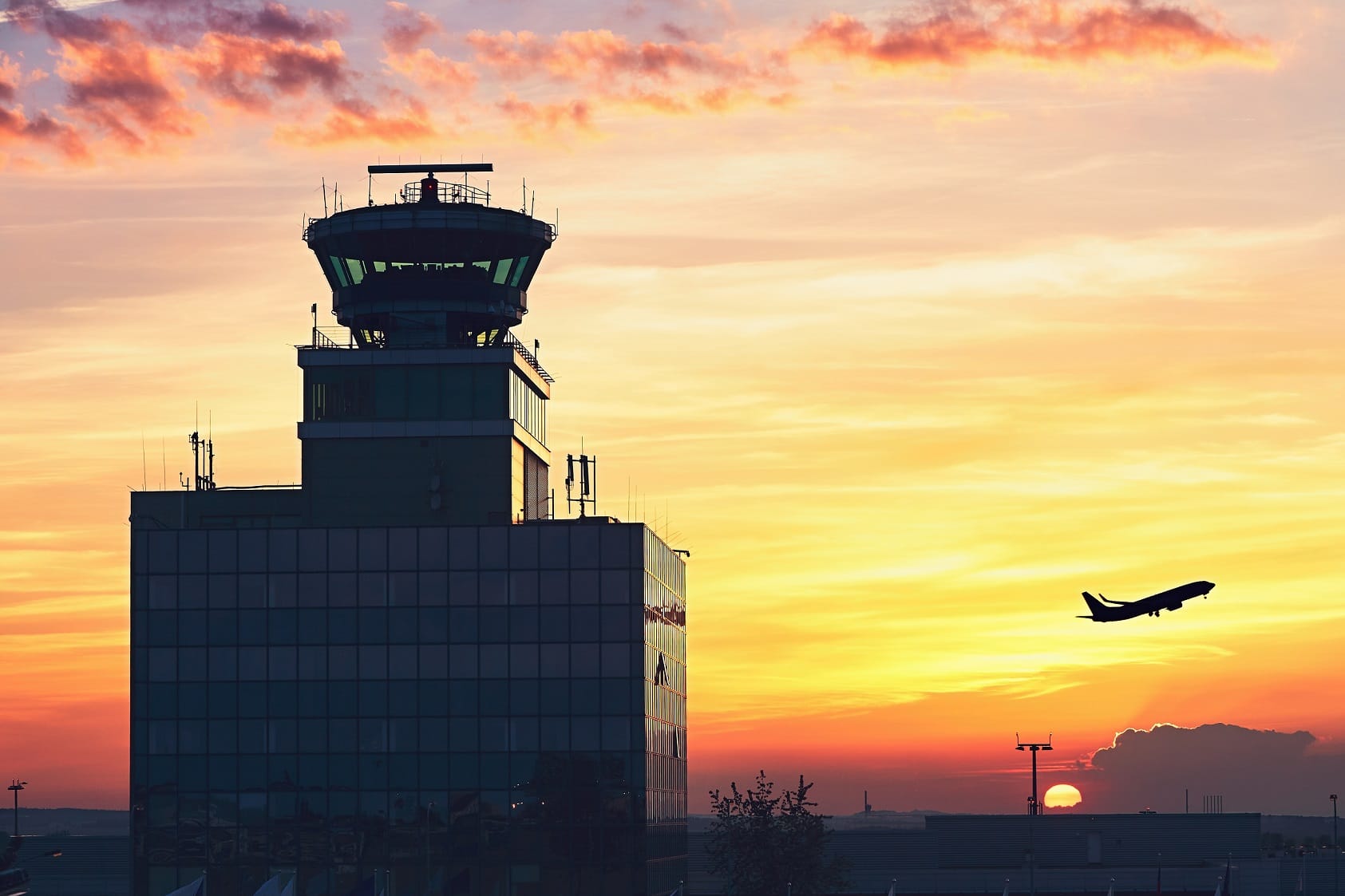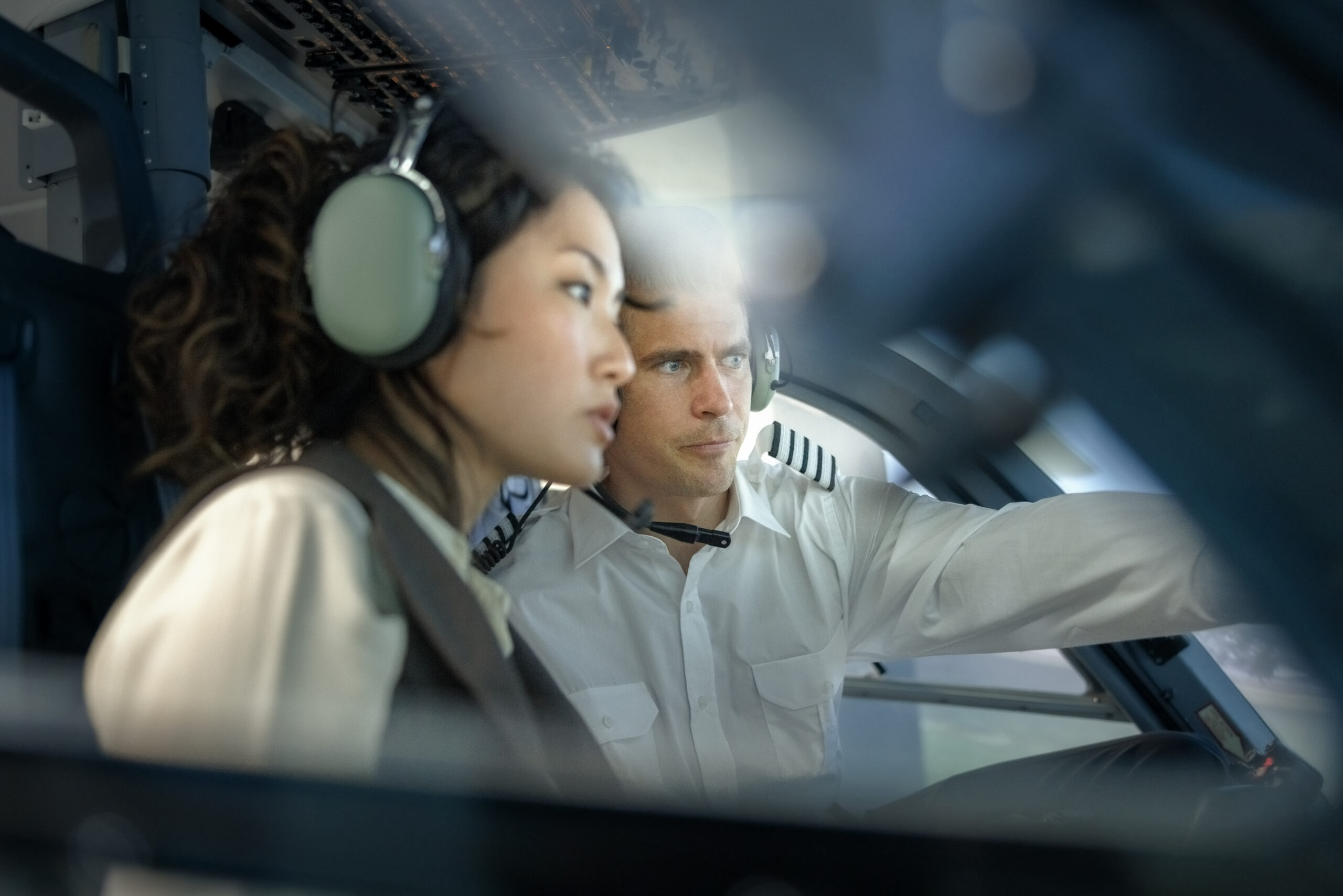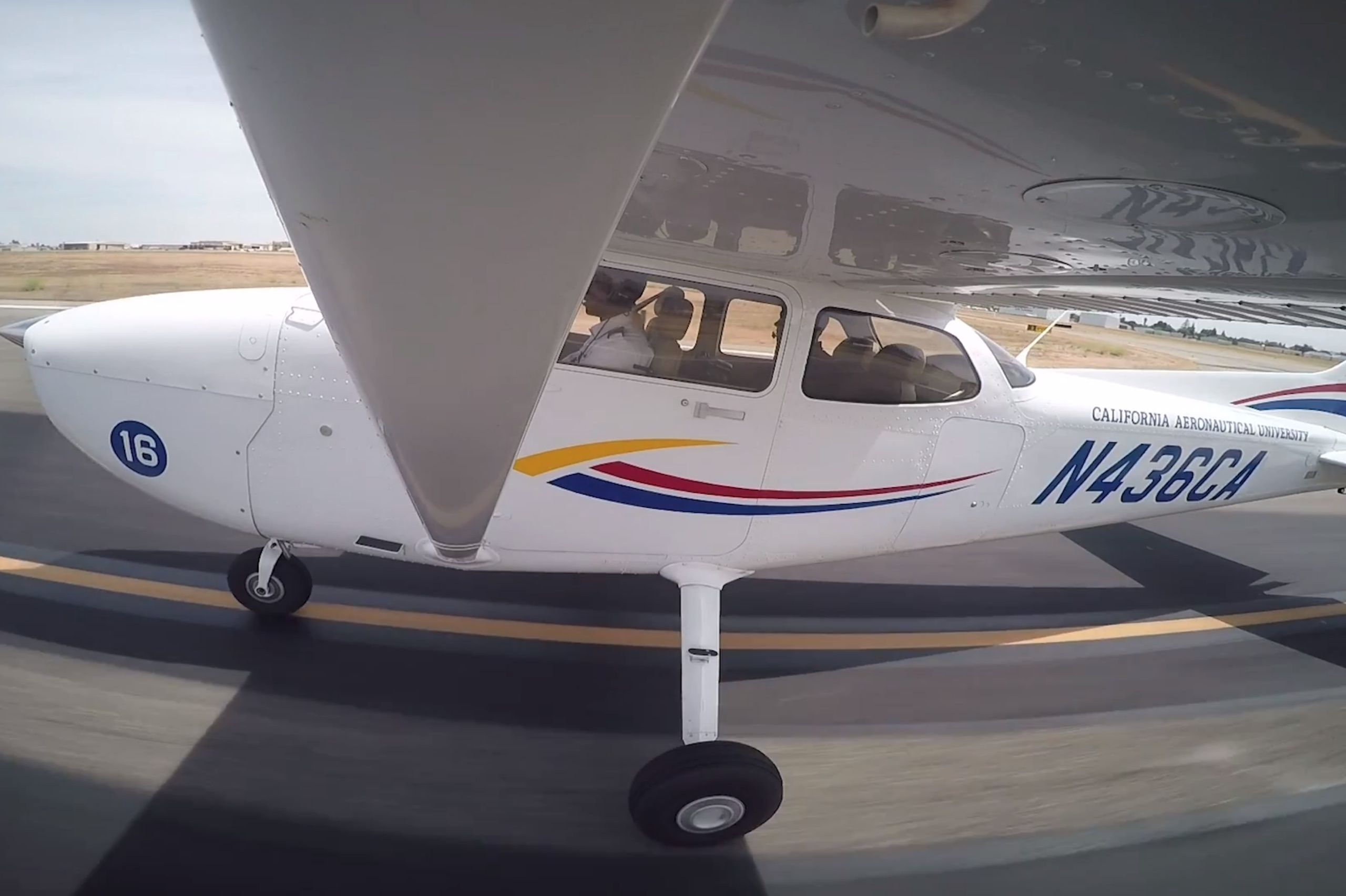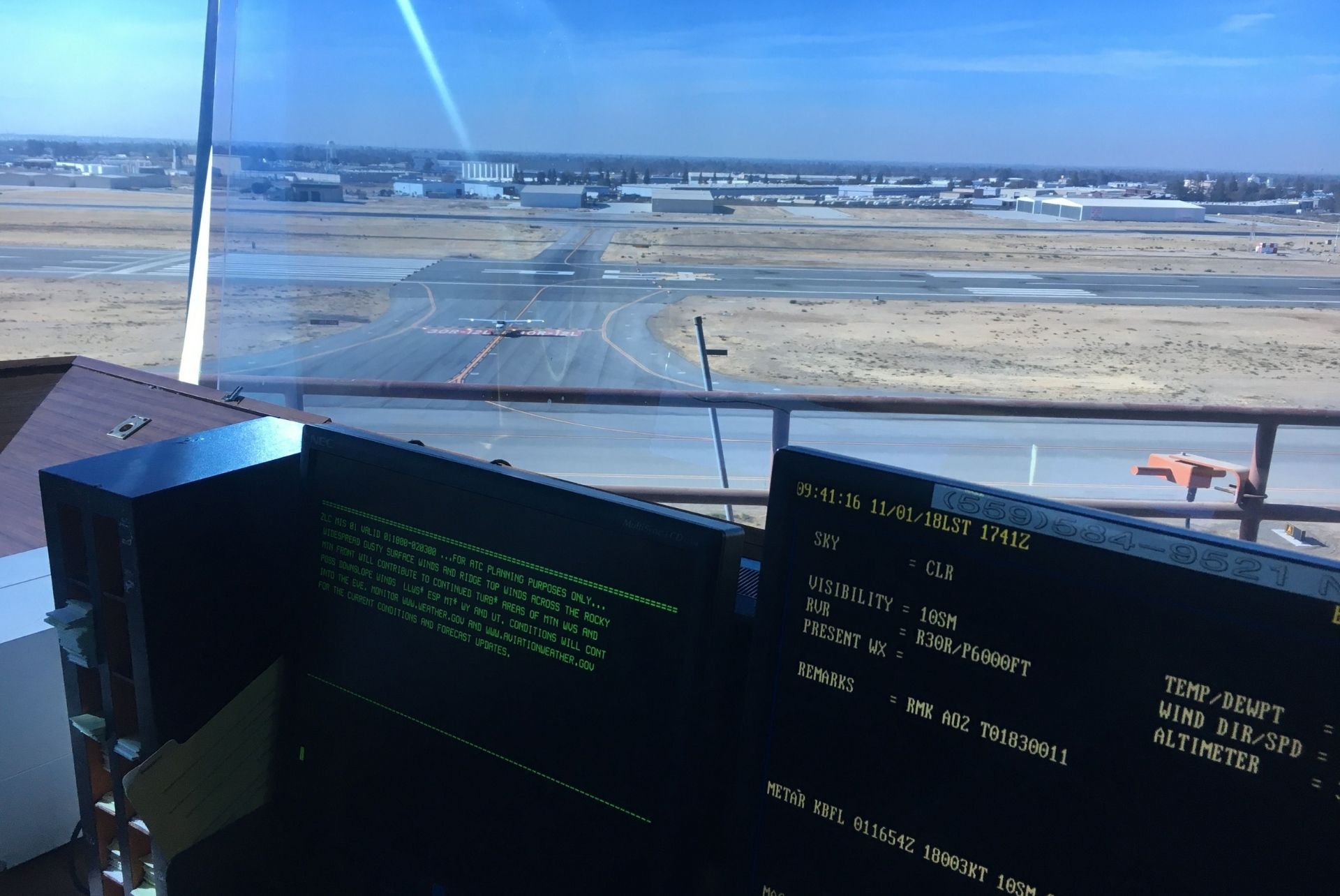The Crash in the Desert
At the Desert View Watch Tower on the South Rim of Grand Canyon National Park, which offers an unparalleled view of the Colorado River and Painted Desert, a bronze plaque is part of thescene. It’s a monument to victims of a 1956 airplane crash, a jarring modern object near a stone tower weathered to look old, and a startling reminder that contemporary human activity is part of the story of this ancient vista.
Beyond the canyon rim still sits some wreckage of not one, but two airplanes, a United DC-7 and a TWA Constellation. They collided mid-air over a place so remote that mountaineers from the Swiss Rescue Air Patrol were called in to help retrieve what they could of the aircraft wreckage and passenger remains. Each loss of life in aviation is different and tragic, but this accident would affect the course of flying safety worldwide. The accident was so massive, so shocking, and so galvanizing that Congress became involved in the investigation.
While political infighting obscured who was at fault and any number of changed factors could have prevented the tragedy, what resulted was a complete overhaul of the nation’s use of collision avoidance radar and the creation of the Federal Aviation Administration (FAA). The legacy of the 1956 crash is a modernized air traffic control system undergoing constant refinement.
Various Aspects of Air Traffic Control
Each pilot and passenger is affected by air traffic control (ATC). It is a vital aspect of safely beginning, conducting, and ending each flight. The ATC system is headed by the Air Traffic Control System Command Center (ATCSCC), located just outside Washington, DC.
From tower controllers who oversee traffic on the runways to military controllers stationed on aircraft carriers to those “moving metal” at major geographical nerve centers, an enormous team is working to keep the flight paths of aircraft from intersecting at the wrong time. Safety is their primary consideration, followed by an orderly flow of traffic, and finally expeditious movement.
Never was this more apparent on September 11, 2001, when air traffic controllers scrambled to guide each airplane safely to the ground. In the fear and shock following double aircraft strikes at the World Trade Center, swiftly followed by asimilar crash aimed at the Pentagon, controllers, unable to know for certain whether airplanes were under the control of pilots or suicidal terrorists, upended usual flight plans and simply began ordering each pilot to land. Now.
The result was airplanes parked on runways for days and passengers stranded thousands of miles from home, but this astonishing feat, best appreciated by viewing a nationwide time lapse of flights heading into the first available airport, is a tribute to the quick thinking of controllers and the design of the ATC system.
Talking to the Tower
The first air traffic controller most pilots speak to, if departing from a larger airport, are those working in the air traffic control tower. Ground controllers monitor weather conditions and ensure that aircraft on the runways are taxiing within safe distances of one another.
When most members of the general public think of air traffic controllers, they tend to picture those located in airport towers. Tower controllers are responsible for directing traffic on active runways, as well as aircraft in the airspace surrounding the airport.
The tower’s airspace is only a four-mile radius from the airport and extends to up to 2,500 feet, because controllers in the tower must be able to visually identify the traffic they’re working. Many towers have a radar display so the controllers have an idea of what’s coming, but visual separation is their ultimate job. A lot of towers are co-located with an approach control, and the controllers will rotate through the approach and tower positions.
However, tower and ground controllers are only part of a team keeping the airways safe.
The Importance of TRACON Facilities and Air Route Traffic Control Centers
Aeronautical charts help tell the story of how air traffic control oversees a safe flight between airports. Every part of American airspace is split into 21 centers, each of which is further separated into sectors. Smaller portions of this airspace, covering a circle of 30 to 50 miles, are maintained as a TRACON (Terminal Radar Approach Control.)
TRACON facilities, known as “approach control”, are located near major airports. Approach controllers are responsible for traffic usually within 30 miles of an airport and up to 10,000 feet above it, but also sometimes traffic beyond this range. They help pilots safely transition from takeoff to cruising altitude, or from cruising altitude to landing.
While flying between TRACONs, pilots speak to controllers at an Air Route Traffic Control Center (ARTCC), known as a “center.” These centers are typically in charge of airspace up to 60,000 feet over a multi-state area, and use radar to handle traffic between airports.
Speaking with Controllers
Air traffic controllers in any link of this chain stand ready to assist pilots with not only maintaining a safe flight path but also in passing information about weather conditions and clearing a space for an airplane to ascend or descend to avoid rough weather. Controllers are vital when a pilot must declare an emergency; they help to move traffic out of the way of a potentially damaged aircraft and create a safe space for it to land at a nearby airport.
The Future of Air Traffic Control Safety
Now that most pilots are guided by GPS systems and must contend with sharing airspace with drones, the FAA is working on modernizing American airspace. NextGen, the Next Generation Air Transportation System, is a long-range project involving air traffic controllers, updated technology, and new safety procedures.
NextGen began in 2007 and is projected to complete its implementation in 2030. Research and development are a major part of its deployment, as are updated facilities and equipment. Automation and data communications are a staple of NextGen, all aimed at improving safety and efficiency.
Ready to soar in your aviation career?
Mr. Matthew A. Johnston has over 23 years of experience serving various roles in education and is currently serving as the President of California Aeronautical University. He maintains memberships and is a supporting participant with several aviation promoting and advocacy associations including University Aviation Association (UAA), Regional Airline Association (RAA), AOPA, NBAA, and EAA with the Young Eagles program. He is proud of his collaboration with airlines, aviation businesses and individual aviation professionals who are working with him to develop California Aeronautical University as a leader in educating aviation professionals.




Am happy to be among the few in this noble profession that affect the lives and property as well as security of our dear nations.